Content |
|---|
History
The Norwegian Buhund (Norsk Buhund, Nordiske Spitz-Hunde, Norwegian Sheepdog or Pastor Noruego) is a breed of dog Spitz type of Norwegian origin which is closely related to the races Icelandic Sheepdog (Icelandic Sheepdog) and Jämthund.
The name Buhund derives from the Norwegian word “BU”, meaning farm, farm or mountain refuge, place where the shepherd lived while tending his flock in the summer. The Norwegian Buhund used as a grazing dog and as a watchdog.
as we said, the Norwegian Buhund belongs to a class of dogs called the type Spitz. They all have pointy ears and a curled tail in common.. Within the races Spitz, There is much variation in terms of size, to the coat and the color.
The Norwegian Buhund is a very ancient race, part of the existing documentation on the excavation of the "Gokstad ship” entombed at Gokstad farm in Sandar, Sandefjord, Vestfold (Norway) in 1880, contains in addition to the great discovery, they found a Viking grave (that it dated back to the year 900) in which lay the skeleton of a man from between 50 and 70 years of age, and its about the skeletons of six dogs of different sizes, similar to Norwegian Buhund of our times.
This famous archaeological research was directed by Nicolay Nicolaysen (1817-1911) a well-known antiquarian and Norwegian archaeologist. He was a founding member of the Society for the Conservation of Ancient Norwegian Monuments, which presided in 1851. The discoveries from that research are currently on display at the Viking Ship Museum in Oslo..
Returning to the skeletons of found dogs along with the Tomb Viking, scholars of the subject, pose that these dogs were the ancestors of modern Buhund. and they were there, because in those days when vikings died, necessary and precious possessions were buried with them. It was believed that they would need them in their future life.
In those days dogs Buhund of the time protected agricultural and livestock farms, he herded sheep…according to his beliefs, They hoped that dogs continue carrying out their work in the more than. It has been documented that these dogs were with the Vikings on many of his travels, by sea and land.
Photo: Vali.org
Physical characteristics
Returning to the present day the Norwegian Buhund has a rather square profile, are medium-sized and long legs, well takes a tail wrapped around the center of the back. The head is wedge-shaped, with well erect ears and nose of black.
According to the standard of Norwegian Buhund the height at the cross goes from 43,2 to 45,8 cm., the females are slightly smaller than males. The weight of the males is of 15 to 18 Kg and females of 12 to 16 Kg.
The colors of the coat may be:
- Wheat: It includes any shade of colour ranging from pale cream to cream darker, with or without dark markings on the tip of the hair, It is possible to display the color white, but it will have to be minimal, the black mask is acceptable.
- Solid black: with areas where the color white is allowed, for example, a narrow white ring around the neck, a narrow white tuft in the face, a small spot of white hairs on the chest (by way of tie), at the end of the legs and the tail. In the UK the color “Sable Wolf (Wolf Sable)”, also permitted, according to the Kennel Club standard of the breed.
The Norway Buhund is prone to suffer from hereditary eye problems and hip dysplasia.
The hair coat of the Norwegian Buhund has an average length, the coat is easy to care for, post that is not entangled, a weekly brushing is enough.
Perhaps the hair when moved, need brushing more often, but is only a seasonal matter.
Character and skills
The Norwegian Buhund it's a very cheerful and active race. They never tire easily and require exercise daily and generous. The Norwegian Buhund needs to expel its energy because if not, destructive tendencies may appear (break furniture, objects…).
Beyond your high level of activity and energy, they are also very affectionate and famous for his love for unconditional towards children.
It is a hyper affectionate breed, they love to give and receive affection of his family, that will form strong bonds. You will have a distant and distrustful behavior with strangers, but he is very intelligent so he will notice who is well received and will go in search of affection. They are very sociable and somewhat ladradores, but he will never throw to bite if there is no provocation.
The Norwegian Buhund, as well, He is very stubborn and shows a strong desire to learn new things, but if the stimulus is not adequate, It is safer to resort to destructive or inappropriate behavior. This is because they get bored easily and are restless. That is why it is necessary that they have ongoing activity.
This breed is ideal for homeowners that they can devote time and desire to exercise and training of your pet.
With that insatiable desire for activity and learning combined with his high energy level, the Norwegian Buhund he is usually an excellent dog in obedience and dog agility competitions.
This breed is an excellent companion for a lover of sports.
Norwegian Buhund Education
The Norwegian Buhund is smart and cooperative and likes to serve its people, learns quickly. So, training this dog is not a challenge for already experienced dog owners. Before moving in with a dog of this breed, beginners should intensely attend to their characteristics, as well as the training of dogs in general and especially with regard to herding dogs.
In addition to basic obedience, it is important that the Norwegian Buhund pay special attention to the control of barking and the training of loneliness from the age of the puppy: Of course you shouldn't leave your dog alone for long, but you must get used to the fact that he has to endure without his beloved human herd from a very young age. A game lesson for puppies, as well as a visit to a dog school, are a good help for the Norwegian Buhund, who doesn't always get along with his congeners, familiarize yourself with other different canine characters and to socialize it more in this regard. With this vivacious four-legged friend, always remember that only a physically and mentally exhausted dog can be successfully trained – otherwise he'll look for a way out for his boredom.
Norwegian Buhund Health
The Norwegian Buhund are considered robust and weatherproof. The breed has largely been freed from hereditary diseases to this day. Occasionally there is an increased risk of painful dysplasia of the hip joint, as well as hereditary eye diseases. You can be sure if you only buy from a breeder who performs the proper preliminary exams with the parents' animals. Responsible breeding with technical knowledge is the best way to minimize the risk of hereditary diseases.
Especially in summer, make sure your pet doesn't get too hot and switch sports activities to early morning or late afternoon – After all, the Norwegian Buhund is designed for cooler climates.
The optimal diet of Norwegian Buhund
This active four-legged friend needs a proper workload for the species, as well as proper nutrition, that provides you with high-quality energy. Give your partner a grainless meal, but with a high meat content. This means that the meat must be at the top of the ingredients list. This applies to both dry and wet foods..
The manufacturer's feeding recommendations regarding daily rations can only be guidelines that you should adapt depending on your dog's constitution and actual activities. Snacks or treats can be both tasty and healthy. These may include, opt for sugar-free dental care snacks or jerky snacks to reward your dog. With dry chewables like cow's ears, you can meet their chewing needs. Weigh your adult dog regularly to counteract any possible weight gain or loss in time. Its Norwegian Buhund should always have enough fresh water available.
Norwegian Buhund Care
The dense fur of the Norwegian Buhund it's weatherproof and easy to care for, but loses it relatively in abundance, so it's best to leave the corduroy pants in the closet during the weeks of change of coat. Shedding in spring and autumn can be shortened to a few days by daily combing. Out of this “hairy period”, it's enough to comb your hair once a week.
Get your puppy used to the grooming ritual:
This not only prepares him to be combed in adulthood, but also strengthens the bond. Dirt can be brushed from dry coat, in difficult cases it helps to clean the area with a damp cloth. You should only give your Norwegian quadruped a bath every few months to protect the dog's skin.. In this case, use a mild dog shampoo. Check your pet's eyes and ears regularly and clean them with an eye or ear cleaner if necessary. Older dogs, in particular, or those who walk almost exclusively on soft soils, may need help with claw care: Go for a pedicure if the claws get too long to avoid painful hooking.
Where can I find a Norwegian Buhund?
You won't find a Norwegian Buhund in all cities – you often have to travel hundreds of miles or abroad to find a representative of this breed as a new family member. However, should remain selective and only buy from breeders who belong to a club and can give information on parental animal health care openly and with appropriate evidence. Ideally, you can visit the breeders at home before making a decision, despite being away, to exchange information about their upbringing, puppies, but also his personal experience with dogs. Because a serious breeder makes sure he only puts his protégés in an environment suitable for them.
Adult dogs are very difficult to find outside of Scandinavia and the countries mentioned.. So if you are interested in a bug of this breed, you're looking for a new home, you should search the Internet on the pages of Nordic dog clubs or contact these clubs. If required, can help you or have knowledge about dogs that are very similar to Norwegian Buhund or mixed breeds that might be considered. Some Nordic grazing dogs are similar in their character and exterior appearance, for example the Finnish Lapphund or the Icelandic Sheepdog. Keep your eyes open when you're looking for your partner, but also find out the history of your possible new partner to see if it is a good match for you and your environment.
Characteristics "Norwegian Buhund"
Coexistence is important that you have with your new friend. Before considering the acquisition of a dog of the breed "Norwegian Buhund" you know certain factors. Not all breeds of dogs are apt to live in an apartment, you must take into account his character, their need for exercise, their interaction with other pets, their care and if you have small children, their level of tolerance towards them.
Training ?4.0 out of 5 stars (based on 1 review)
|
Suitability of the apartment ?2.0 out of 5 stars (based on 1 review)
|
Can be alone all day ?1.0 out of 5 stars (based on 1 review)
|
|---|---|---|
Suitable as a first dog ?3.0 out of 5 stars (based on 1 review)
|
Weight gain ?3.0 out of 5 stars (based on 1 review)
|
Health ?4.0 out of 5 stars (based on 1 review)
|
Intelligence ?4.0 out of 5 stars (based on 1 review)
|
Kindness with child ?4.0 out of 5 stars (based on 1 review)
|
Tendency to bite ?3.0 out of 5 stars (based on 1 review)
|
Tendency to bark ?4.0 out of 5 stars (based on 1 review)
|
Tendency to flee ?2.0 out of 5 stars (based on 1 review)
|
hair loss strength ?4.0 out of 5 stars (based on 1 review)
|
Suitable as a guard dog ?4.0 out of 5 stars (based on 1 review)
|
Joy ?4.0 out of 5 stars (based on 1 review)
|
Cat friendliness ?3.0 out of 5 stars (based on 1 review)
|
Power level ?4.0 out of 5 stars (based on 1 review)
|
Images of the Norwegian Buhund
Videos "Norwegian Buhund"
Type and recognitions:
- FCI CLASSIFICATION:
- Group :
- Section : . .
Federations:
- – FCI – Group 5 – Section 3 Nordic Watchdogs and Herders.. ⓘ
- – AKC – Nordic Watchdogs and Herders. ⓘ
- – ANKC – Nordic Watchdogs and Herders. ⓘ
- – CKC – Nordic Watchdogs and Herders. ⓘ
- – KC – Nordic Watchdogs and Herders. ⓘ
- – NZKC – Nordic Watchdogs and Herders. ⓘ
- – UKC – Nordic Watchdogs and Herders. ⓘ
FCI breed standard "Norwegian Buhund"
Alternative names:
1. Norsk Buhund, Norwegian Sheepdog (English).
2. Berger norvégien (French).
3. Norsk Buhund (German).
4. Pastor norueguês (Portuguese).
5. Buhund, Pastor de Noruega (español).

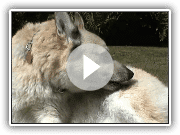
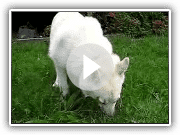
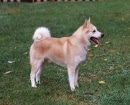
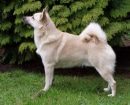
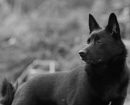
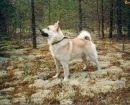
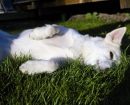
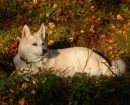
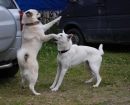
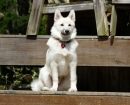
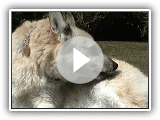 Norwegian Buhund in Bath Aftermath
Norwegian Buhund in Bath Aftermath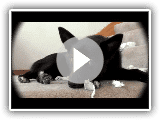 A busted Buhund (and no ducks)
A busted Buhund (and no ducks)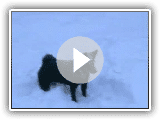 Norsk Buhund Siri leker i…
Norsk Buhund Siri leker i… 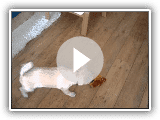 Cute Norwegian Buhund Puppy Playing
Cute Norwegian Buhund Puppy Playing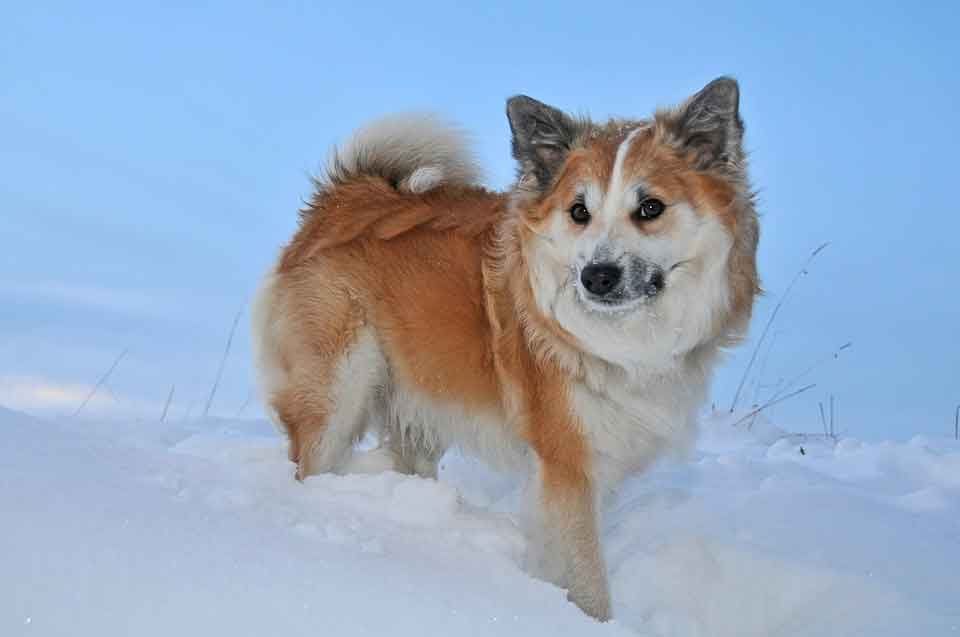
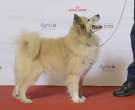
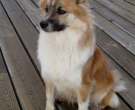

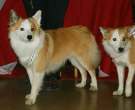
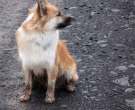
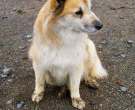
 Icelandic Sheepdogs | Breed Judging 2019
Icelandic Sheepdogs | Breed Judging 2019 Icelandic Shepherd. Pros and cons
Icelandic Shepherd. Pros and cons Dogs 101 – ICELANDIC SHEEPDOG – Top Dog Facts About the Icelandic Sheepdogs
Dogs 101 – ICELANDIC SHEEPDOG – Top Dog Facts About the Icelandic Sheepdogs Pastor Iceland – Breed of dog
Pastor Iceland – Breed of dog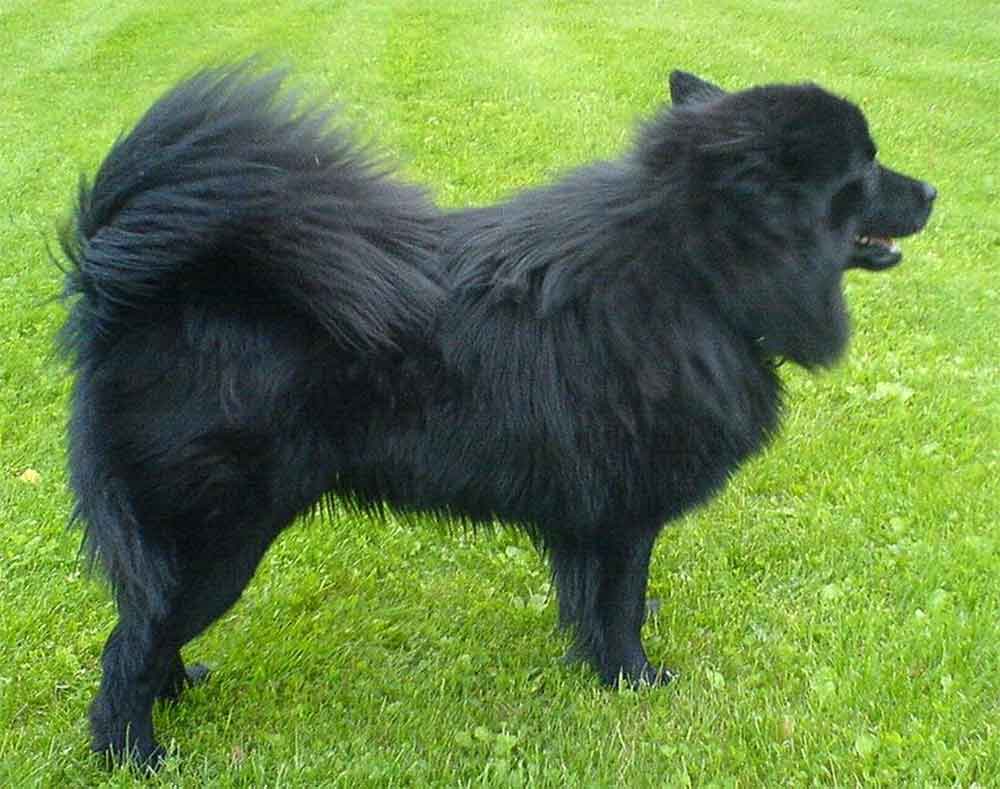
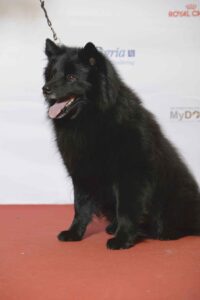
 Dogs 101 – Swedish Lapphund
Dogs 101 – Swedish Lapphund Swedish Lapphund
Swedish Lapphund Frigga – Swedish Lapphund
Frigga – Swedish Lapphund Lapland Shepherd / Breed of dog
Lapland Shepherd / Breed of dog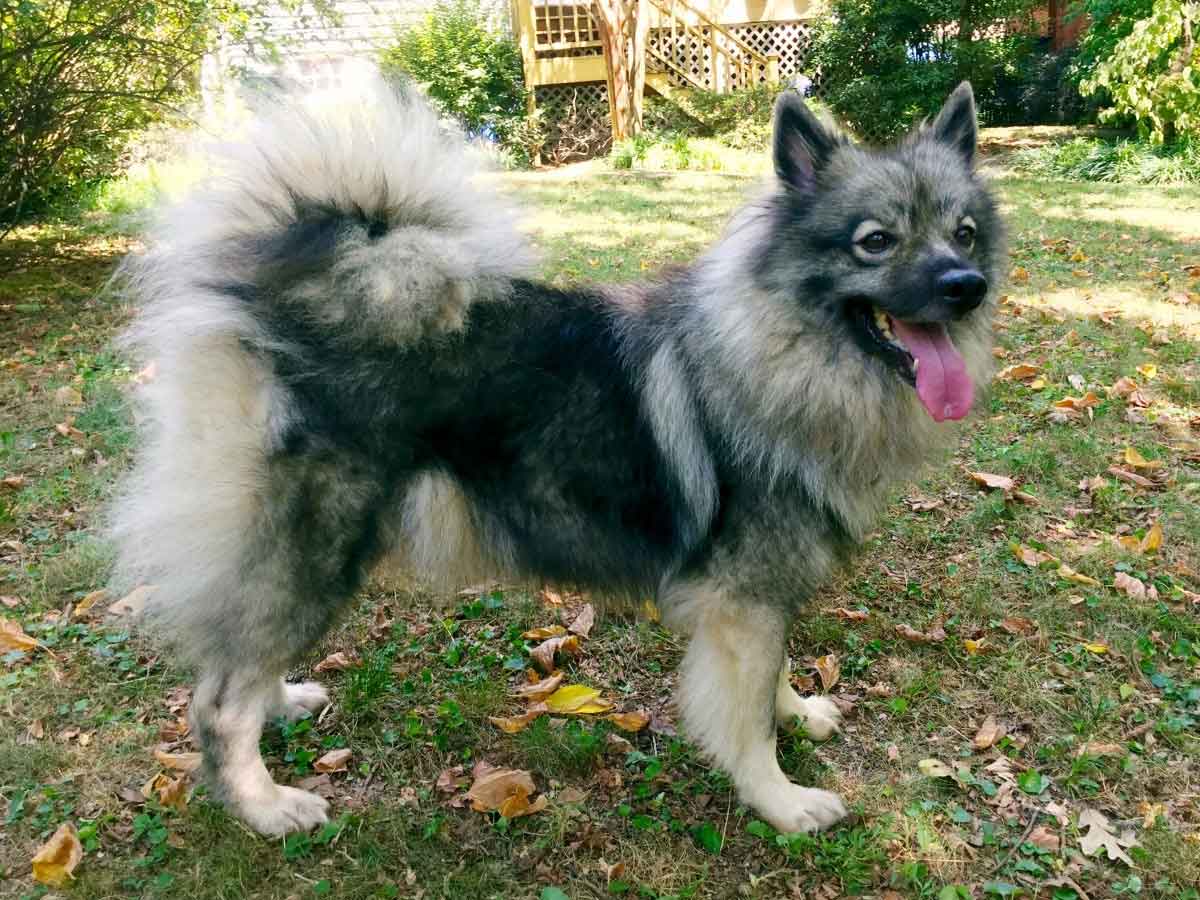
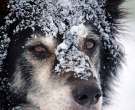
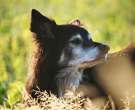

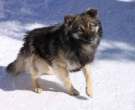
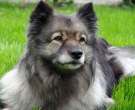
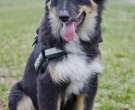
 Lapponian Herder Puppy | First day we got Elsa!
Lapponian Herder Puppy | First day we got Elsa! amazing Finnish Lapponian Dogs
amazing Finnish Lapponian Dogs Finnish Lapphunds | Breed Judging 2020
Finnish Lapphunds | Breed Judging 2020 finnish lapland dog – Breed of dog
finnish lapland dog – Breed of dog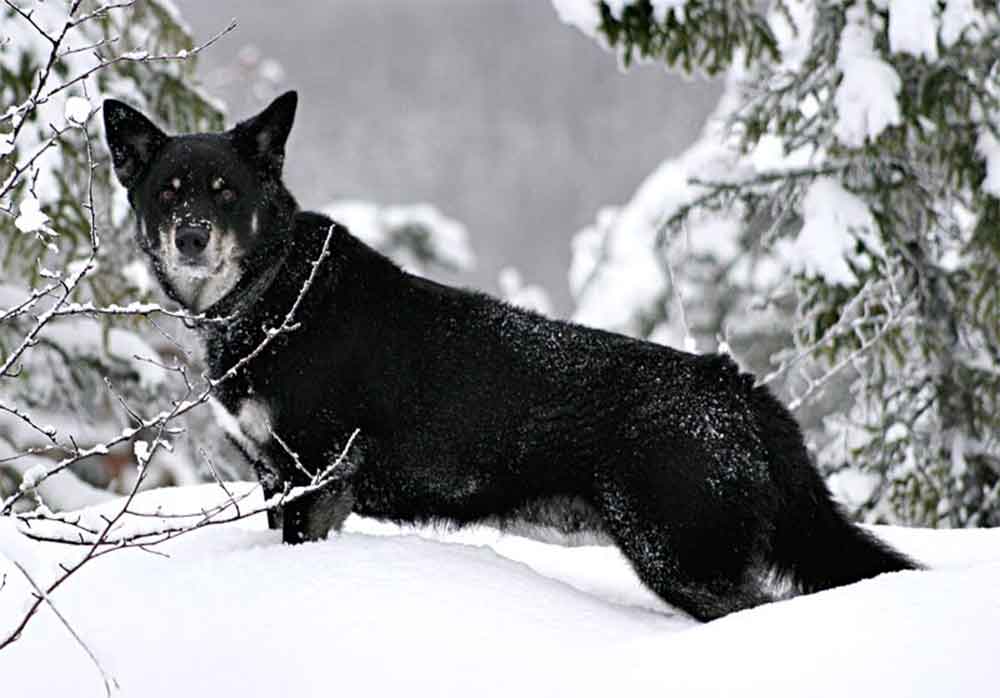

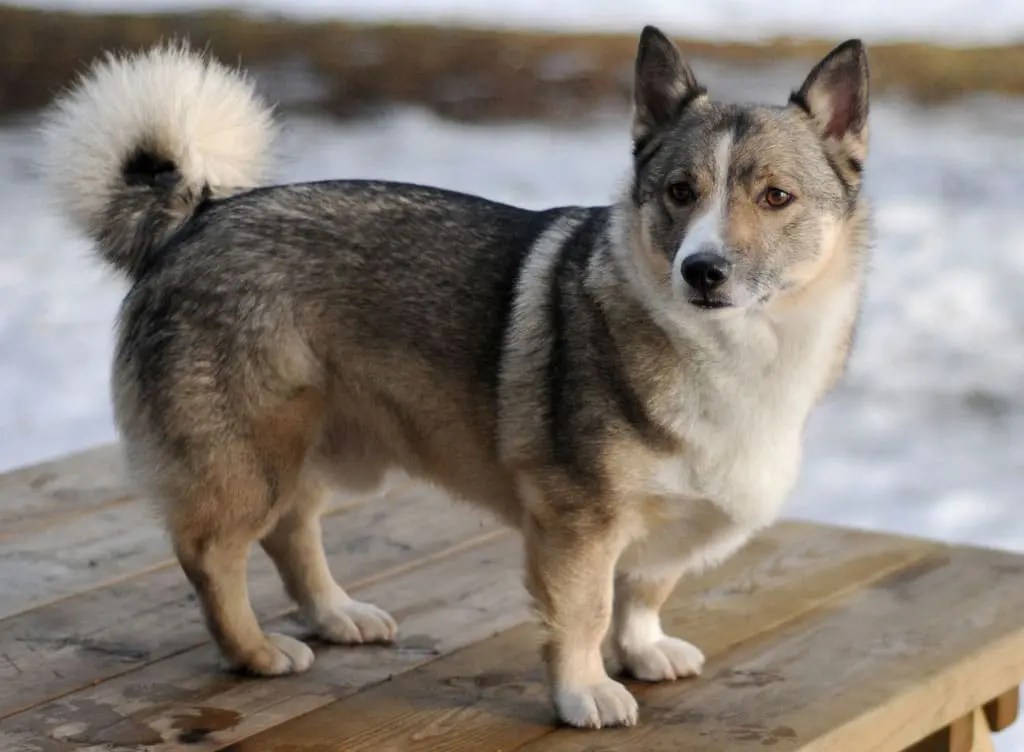
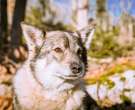
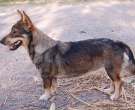
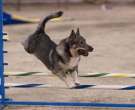
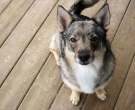
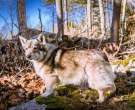
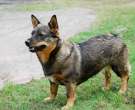
 Swedish Vallhund – TOP 10 Interesting Facts
Swedish Vallhund – TOP 10 Interesting Facts Swedish Vallhunds | Breed Judging 2020
Swedish Vallhunds | Breed Judging 2020 DOG OF THE VISIGODS (GAIA)
DOG OF THE VISIGODS (GAIA) Swedish vallhund talking
Swedish vallhund talking